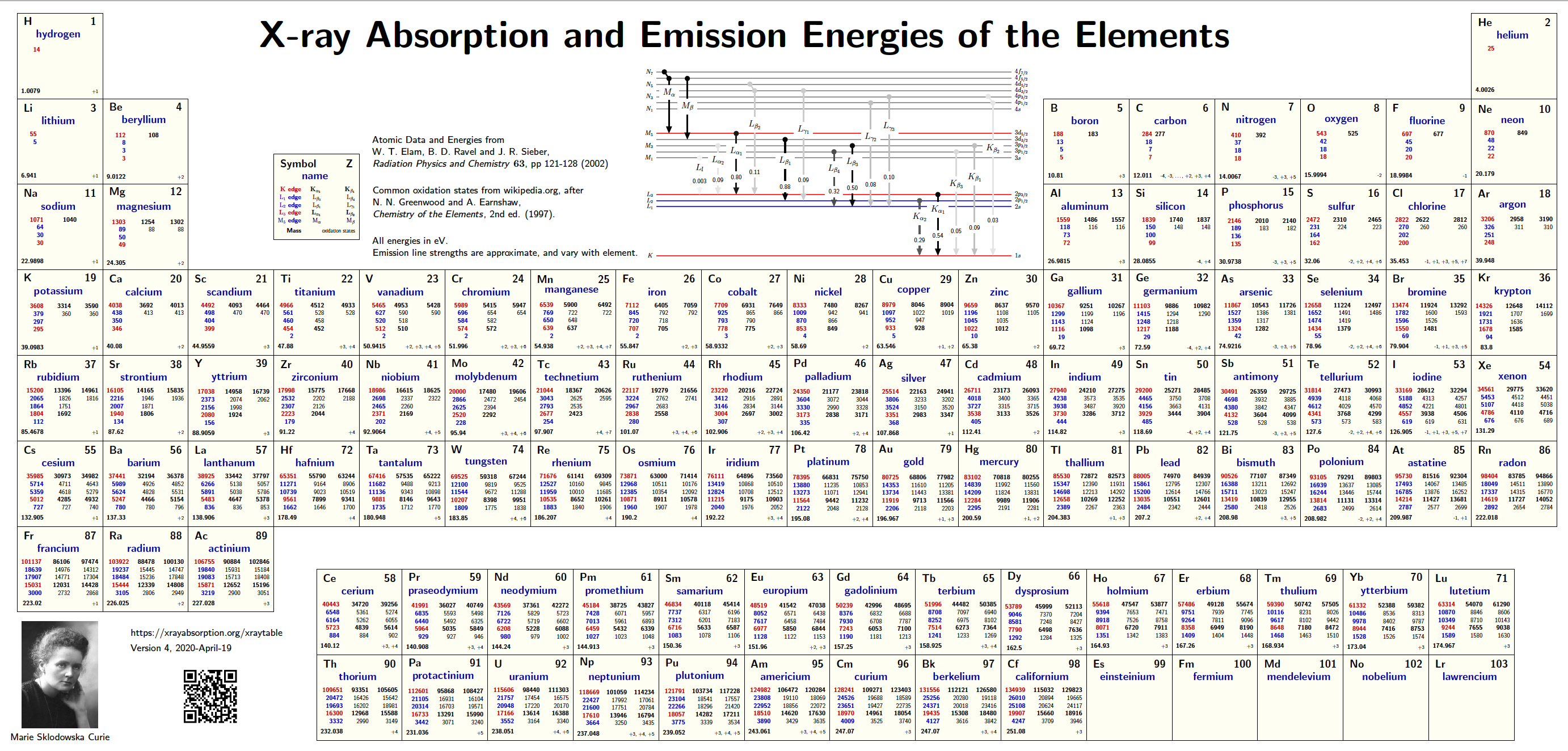A solid attenuator that will be used for TXI soft X-ray.
Background
A solid attenuator is a series of filters that affect transmission levels. If a detector were to take unpropagated beam, it would be much too saturated to be useful. To solve this, solid attenuators are placed along the beamline. Solid attenuators absorb a certain fraction of the beam in order to attenuate it before it reaches the detectors. They do this through a collection of actuators and targets.
Anatomy of a Solid Attenuator
Each attenuator has 8 actuators. They are cooled through a water-cooling loop and maneuvered with a stepper motor and encoder. You may identify an actuator by the serial number on its label. Some actuators are placed at an angle in order to save space.
Stepper motors controlling two angled actuators.
Each actuator holds up to 8 targets. These targets have elemental filters, often diamond, silicon, etc. When commissioning a solid attenuator, each filter must be tested one at a time. A bad quality filter can distort the X-ray beam.
A look at an actuator through the viewport.
Filtering X-Rays
To understand how filters work, you must first know that each element holds a certain amount of energy in its electrons. The amount of energy dictates how much X-ray beam the element will absorb. Lower energies tend to have stronger absorption.
Periodic table with each element's X-ray absorption and emission energies. Full size may be found here.
A plot of photon energy vs filter transmission may be created here. Absorption spikes when the X-ray beam is resonant with the energy. Using these resources, the absorption of any given filter (and therefore any given actuator) may be calculated.
.
Example of a filter transmission plot.
Solid Attenuators at SLAC
Solid attenuators are most commonly used with hard X-ray beams at SLAC, but may be used in soft X-rays such as those in the TXI hutch.
Solid attenuator in the FEE.





